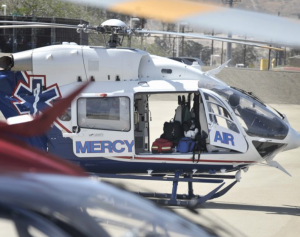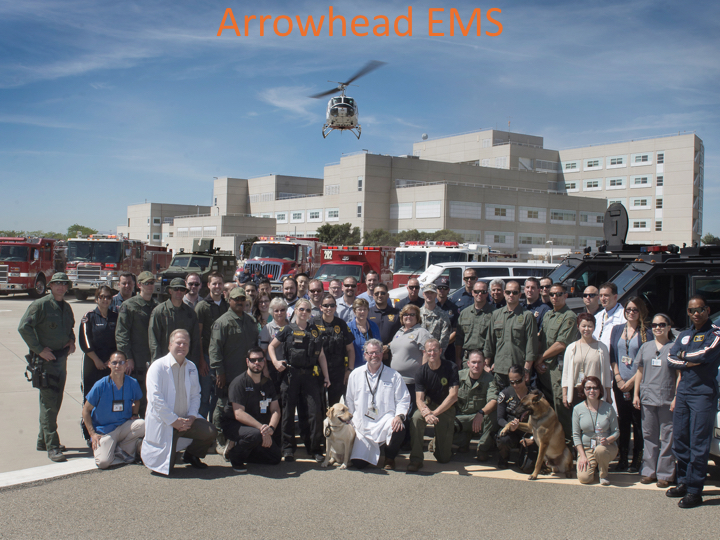Tactical Medicine is the practice of providing medical care to special operations military and law enforcement personnel as well as civilians during wartime or police activities, when medical providers have limited resources and face a continuing threat to the lives of their patients and themselves.
Tactical Medicine has it’s foundation in the Vietnam war, as well as multiple national and international incidents, including the University of Texas clock tower shooting, Columbine High School shooting, the American wars in the Middle East, and many others. With every new conflict, crisis, or disaster, Tactical Medicine evolves and becomes more central for successful military and police operations. Treatment and operating principles are based on the guidelines of Tactical Combat Casualty Care (TCCC), derived from military special operations in the 1990s, which emphasizes three different treatment phases:
- Care Under Fire – very limited treatment while under direct threat, as well as extraction from burning vehicles or buildings
- Tourniquet or massive hemorrhage control, such as direct pressure, victim self-aid
- Tactical Field Care – rapid assessment and treatment of the most life-threatening, rapidly correctable injuries using the MARCH mnemonic
- Needle chest decompression, dressings, hemostatic agents, packaging of patient
- Tactical Evacuation Care – all of the interventions that can be provided in the field until definitive treatment in reached
- Ventilation management, blood products, chest tube placement, additional access
Tactical medical providers must be equipped and prepared to handle a variety of traumatic as well as medical and environmental concerns under austere conditions. They must 1) Avoid becoming a patient themselves, 2) Remove patients from danger and prevent additional wounds, 3) Recognize and provide interventions for correctable life-threatening injuries, 4) Be able to operate within a tactical team (such as SWAT) and provide cover or return fire as needed, and 5) Help to complete the mission. They must have an understanding of law enforcement or military protocols and have a firm grasp of the medical-legal aspects of operating in an exceptionally high-risk environment. Tactical Medicine, under any environment that it is applied, is a physically, mentally, and emotionally challenging medical discipline that calls to unique individuals to help others when their need is most dire, at great personal risk to themselves. It provides an opportunity to serve the community in a capacity that most others cannot or will not, and gives those that are willing to take it on an equally high level of reward and satisfaction.
ARMC Tactical Medicine Program
ARMC’s Tactical Medicine program was founded by Dr. Michael Neeki, who has been serving the community with Inland Valley SWAT Team (IVS) since their foundation in 2012, as well as other agencies prior to that. Along with Dr. Benjamin Archambeau, Dr. Neeki trains with IVS for nearly 200 hours per year and deploys on-scene with the team to provide medical support when the team is activated. They are required to meet the same training and certification requirements as the officers on the team, and must continually practice their skills. They also regularly provide tactical medical training and other lectures to law enforcement, EMS, military, and hospital personnel in Southern California and around the country. Residents and students who go through the ARMC Emergency Medicine EMS rotation have the opportunity to attend SWAT training alongside the Tactical Medicine program physicians.

